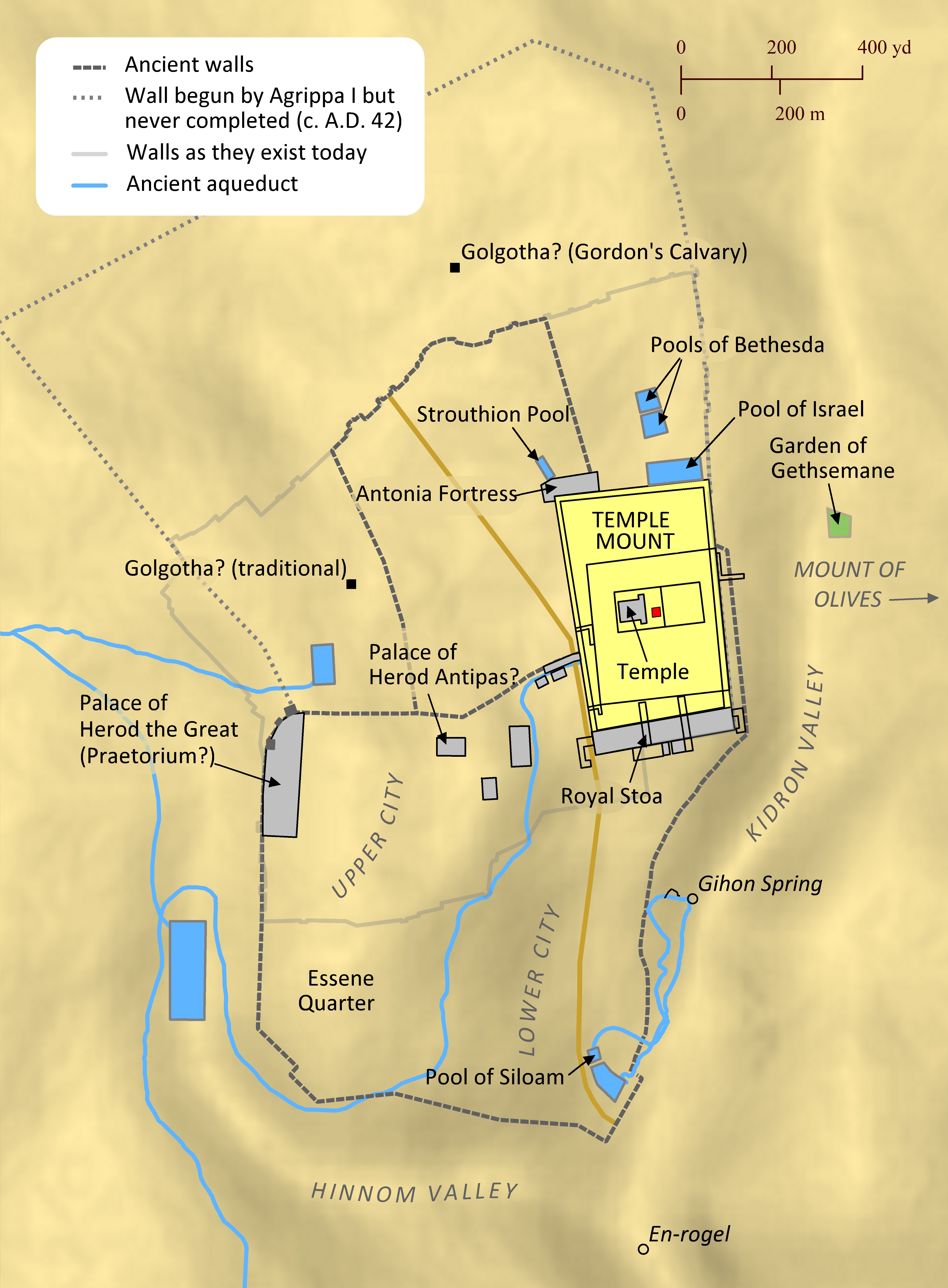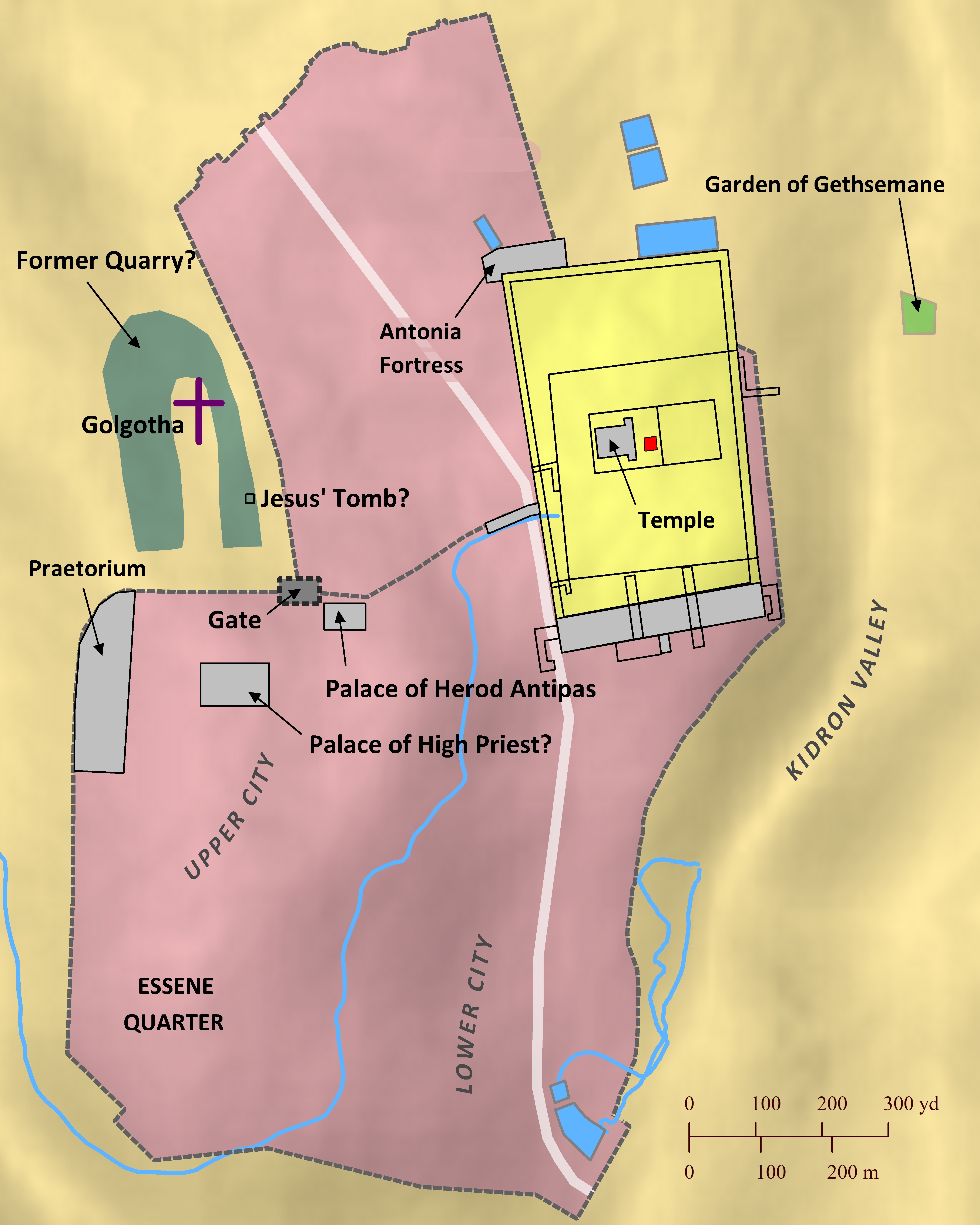Open Bible Data Home About News OET Key
OET OET-RV OET-LV ULT UST BSB MSB BLB AICNT OEB WEBBE WMBB NET LSV FBV TCNT T4T LEB BBE Moff JPS Wymth ASV DRA YLT Drby RV SLT Wbstr KJB-1769 KJB-1611 Bshps Gnva Cvdl TNT Wycl SR-GNT UHB BrLXX BrTr Related Topics Parallel Interlinear Reference Dictionary Search
ParallelVerse GEN EXO LEV NUM DEU JOB JOS JDG RUTH 1 SAM 2 SAM PSA AMOS HOS 1 KI 2 KI 1 CHR 2 CHR PROV ECC SNG JOEL MIC ISA ZEP HAB JER LAM YNA (JNA) NAH OBA DAN EZE EZRA EST NEH HAG ZEC MAL LAO GES LES ESG DNG 2 PS TOB JDT WIS SIR BAR LJE PAZ SUS BEL MAN 1 MAC 2 MAC 3 MAC 4 MAC YHN (JHN) MARK MAT LUKE ACTs YAC (JAM) GAL 1 TH 2 TH 1 COR 2 COR ROM COL PHM EPH PHP 1 TIM TIT 1 PET 2 PET 2 TIM HEB YUD (JUD) 1 YHN (1 JHN) 2 YHN (2 JHN) 3 YHN (3 JHN) REV
Mark Intro C1 C2 C3 C4 C5 C6 C7 C8 C9 C10 C11 C12 C13 C14 C15 C16
Mark 14 V1 V4 V7 V10 V13 V16 V19 V22 V25 V28 V31 V34 V37 V40 V43 V49 V52 V55 V58 V61 V64 V67 V70
Note: This view shows ‘verses’ which are not natural language units and hence sometimes only part of a sentence will be visible—click on any Bible version abbreviation down the left-hand side to see the verse in more of its context. Normally the OET discourages the reading of individual ‘verses’, but this view is only designed as a tool for doing comparisons of different translations—the older translations are further down the page (so you can read up from the bottom to trace the English translation history). The OET segments on this page are still very early looks into the unfinished texts of the Open English Translation of the Bible—please double-check these texts in advance before using in public.
Text critical issues=small word differences Clarity of original=clear Importance to us=normal (All still tentative.)
OET (OET-RV) Then the others with him grabbed Yeshua and secured him.![]()
OET-LV And they laid_on the hands of_them and apprehended him.
![]()
SR-GNT Οἱ δὲ ἐπέβαλαν τὰς χεῖρας αὐτῶν καὶ ἐκράτησαν αὐτόν. ‡
(Hoi de epebalan tas ⱪeiras autōn kai ekrataʸsan auton.)
Key: khaki:verbs, light-green:nominative/subject, orange:accusative/object, pink:genitive/possessor.
Note: Automatic aligning of the OET-RV to the LV is done by some temporary software, hence the RV alignments are incomplete (and may occasionally be wrong).
ULT And they laid their hands on him and seized him.
UST Then the large group of people arrested Jesus.
BSB Then [the men] seized [Jesus] and arrested Him.
MSB Then [the men] seized [Jesus] and arrested Him.
BLB And they laid hands on Him and seized Him.
AICNT Then they laid their hands on him and seized him.
OEB Then the men seized Jesus, and arrested him.
WEBBE They laid their hands on him and seized him.
WMBB (Same as above)
NET Then they took hold of him and arrested him.
LSV And they laid on Him their hands, and kept hold on Him;
FBV So they grabbed hold of Jesus and arrested him.
TCNT Then they took hold of Jesus and arrested him.
T4T Then the crowd seized Jesus.
LEB So they laid hands on him and arrested him.
BBE And they put their hands on him, and took him.
Moff Then they laid hands on him and seized him,
Wymth whereupon they laid hands on Him and held Him firmly.
ASV And they laid hands on him, and took him.
DRA But they laid hands on him, and held him.
YLT And they laid on him their hands, and kept hold on him;
Drby And they laid their hands upon him and seized him.
RV And they laid hands on him, and took him.
SLT And they put their hands on him, and seized him.
Wbstr And they laid their hands on him, and took him.
KJB-1769 ¶ And they laid their hands on him, and took him.
KJB-1611 ¶ And they layed their hands on him, and tooke him.
(Modernised spelling is same as from KJB-1769 above)
Bshps And they layde their handes on hym, and toke hym.
(Modernised spelling is same as from KJB-1769 above, apart from punctuation)
Gnva Then they laide their handes on him, and tooke him.
(Then they laid their hands on him, and took him. )
Cvdl Then layed they their handes vpon him, & toke him.
(Then laid they their hands upon him, and took him.)
TNT And they layde their hondes on him and toke him.
(And they laid their hands on him and took him. )
Wycl And thei leiden hondis on hym, and helden hym.
(And they laid hands on him, and holding him.)
Luth Die aber legten ihre Hände an ihn und griffen ihn.
(The but laid their/her hands at/to him/it and grabbed him/it.)
ClVg At illi manus injecerunt in eum, et tenuerunt eum.
(But them hands inyecerunt in/into/on him, and they_held him. )
UGNT οἱ δὲ ἐπέβαλαν τὰς χεῖρας αὐτῶν καὶ ἐκράτησαν αὐτόν.
(hoi de epebalan tas ⱪeiras autōn kai ekrataʸsan auton.)
SBL-GNT οἱ δὲ ἐπέβαλαν ⸂τὰς χεῖρας αὐτῷ⸃ καὶ ἐκράτησαν αὐτόν.
(hoi de epebalan ⸂tas ⱪeiras autōi⸃ kai ekrataʸsan auton.)
RP-GNT Οἱ δὲ ἐπέβαλον ἐπ' αὐτὸν τὰς χεῖρας αὐτῶν, καὶ ἐκράτησαν αὐτόν.
(Hoi de epebalon ep' auton tas ⱪeiras autōn, kai ekrataʸsan auton.)
TC-GNT Οἱ δὲ [fn]ἐπέβαλον [fn]ἐπ᾽ αὐτὸν τὰς χεῖρας αὐτῶν, καὶ ἐκράτησαν αὐτόν.
(Hoi de epebalon ep auton tas ⱪeiras autōn, kai ekrataʸsan auton. )
14:46 επεβαλον ¦ επεβαλαν SBL WH
14:46 επ αυτον τας χειρας αυτων ¦ τας χειρας αυτω ECM† NA SBL TH WH ¦ τας χειρας αυτων ECM†
Key for above GNTs: yellow:punctuation differs, red:words differ (from our SR-GNT base).
Jesus’ Final Night
When Jesus went into Jerusalem to celebrate the Passover, he knew it was his final night. He had come to Jerusalem to “suffer many terrible things and . . . be killed” (Mark 8:31). His disciples had prepared the meal, but he needed to prepare them for what was coming.
So Jesus celebrated the Passover with his disciples. At this meal, Jesus demonstrated true servanthood by washing his disciples’ feet (John 13:1-20). He gave his final teachings to the disciples, informed them about the coming of the Holy Spirit, and prayed for his followers (John 14:1–17:26). Jesus also established the new covenant (Mark 14:22-24). Jesus was now the Passover Lamb—his body and blood are now the sacrifice that saves his people from judgment, fulfilling the same purpose as the lamb at the first Passover.
It was on Passover that God had struck down all the firstborn males of Egypt but had spared those of Israel. Now Jesus would be struck down so that his people could be spared—just as the prophets had predicted (e.g., Zech 12:10; 13:7). Jesus warned his disciples that this was about to happen and that they were about to desert him (Mark 14:27). Jesus also warned his disciples that he would be betrayed by one of them (Mark 14:18).
After the meal, Jesus and his disciples walked to the Garden of Gethsemane on the Mount of Olives, where Jesus prayed in agony, submitting his will to the Father (Mark 14:26-42). Judas, the disciple who betrayed Jesus, then approached with a group of soldiers, who arrested Jesus (Mark 14:43-49). Jesus’ disciples fled (Mark 14:50-52), and Jesus was taken to the house of the high priest for an overnight trial, during which Peter denied Jesus three times (Mark 14:53-72).
While Jesus’ final night was marked by tragedy, nothing that happened was outside of his foreknowledge. Everything occurred according to God’s plan and was necessary in order to fulfill Scripture and to usher in the events which followed (his death and resurrection).
Passages for Further Study
Matt 26:17-56; Mark 14:12-52; Luke 22:7-46; John 13:1–18:11; 1 Cor 11:23-34
Note 1 topic: figures-of-speech / parallelism
οἱ & ἐπέβαλαν τὰς χεῖρας αὐτῶν καὶ ἐκράτησαν αὐτόν
they & laid_on the hands ˱of˲_them and apprehended him
The clauses they laid their hands on him and seized him mean similar things. Mark is using the two clauses together for emphasis. If it would be clearer for your readers, you could express the emphasis with a single clause. Alternate translation: [they seized him] or [they took hold of him to arrest him]
Note 2 topic: figures-of-speech / idiom
ἐπέβαλαν τὰς χεῖρας αὐτῶν
laid_on the hands ˱of˲_them
Here, they laid their hands on him means that they grabbed and restrained Jesus. If it would be helpful in your language, you could use a comparable phrase or state the meaning plainly. Alternate translation: [they took hold of him] or [they grabbed him]

By the time of the New Testament, the ancient city of Jerusalem had been transformed from the relatively small fortress of David’s day (2 Samuel 5:6-10; 1 Chronicles 11:4-9) into a major city with a Temple that rivaled the greatest temples in the Roman world. Just prior to Jesus’ birth, Herod the Great completely renovated and expanded the Temple of the Lord, and he also built a lavish palace for himself, various pools (where Jesus occasionally performed healings), public buildings, and military citadels, including the Antonia Fortress, which overlooked the Temple. Wealthy residents, including the high priest, occupied extravagant houses in the Upper City, while the poorer residents were relegated to less desirable areas like the Lower City. The Essene Quarter was so named because many of its residents belonged to the Essenes, a strict religious sect that was known for its careful attention to the law of Moses. Across the Kidron Valley lay the Garden of Gethsemane, where Jesus often met with his disciples (Matthew 26:36-46; Mark 14:32-53; John 18:1-14). Further east was the Mount of Olives, where Jesus began his triumphal entry one week before his crucifixion (Matthew 21:1-11; Mark 11:1-11; Luke 19:28-40; John 12:12-19), taught his disciples about the last days (Matthew 24-25; Mark 13), and eventually ascended to heaven after his resurrection (Luke 24:50-53; Acts 1:1-11).

Matthew 26-27; Mark 14-15; Luke 22-23; John 13-19
On the Thursday before he was crucified, Jesus had arranged to share the Passover meal with his disciples in an upper room, traditionally thought to be located in the Essene Quarter of Jerusalem. After they finished the meal, they went to the Garden of Gethsemane, where Jesus often met with his disciples. There Judas Iscariot, one of Jesus’ own disciples, betrayed him to soldiers sent from the High Priest, and they took Jesus to the High Priest’s residence. In the morning the leading priests and teachers of the law put Jesus on trial and found him guilty of blasphemy. The council sent Jesus to stand trial for treason before the Roman governor Pontius Pilate, who resided at the Praetorium while in Jerusalem. The Praetorium was likely located at the former residence of Herod the Great, who had died over 30 years earlier. When Pilate learned that Jesus was from Galilee, he sent him to Herod Antipas, who had jurisdiction over Galilee. But when Jesus gave no answer to Herod’s many questions, Herod and his soldiers sent him back to Pilate, who conceded to the people’s demands that Jesus be crucified. Jesus was forced to carry his cross out of the city gate to Golgotha, meaning Skull Hill, referring to what may have been a small unquarried hill in the middle of an old quarry just outside the gate. After Jesus was unable to carry his cross any further, a man named Simon from Cyrene was forced to carry it for him. There at Golgotha they crucified Jesus. After Jesus died, his body was hurriedly taken down before nightfall and placed in a newly cut, rock tomb owned by Joseph of Arimathea, a member of the Jewish high council. This tomb was likely located at the perimeter of the old quarry.